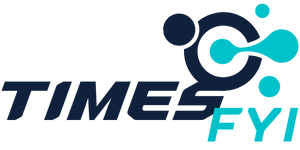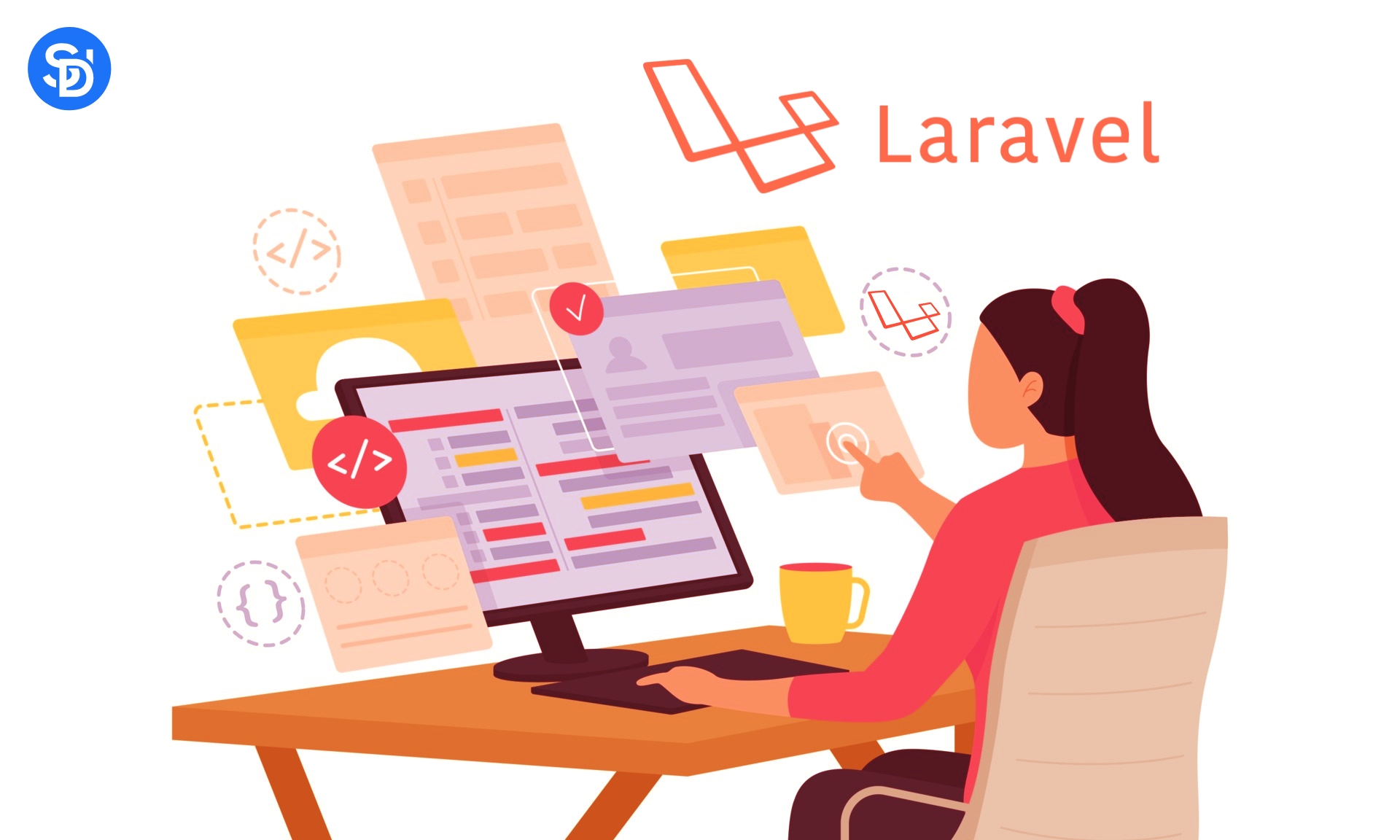Laravel Application Development: Five Hacks to get it done
Introduction:
Laravel is an open-source PHP framework used for Web Application Development, it is robust and easy to understand. We can call a framework a document that provides a structure, a starting point for the Application development.
One of the reasons why Laravel is popular is because it makes use of Model View Controller which helps to build the projects easily and quickly.
Installation:
A key component that is used in the Laravel installation is Composer. The Composer is a tool that includes all dependencies and libraries. The Third-party libraries can be installed easily using composer.
Some of the ways using which Web Application can be Developed using Laravel framework are:
- Route Caching:
Routing:
Routing in Laravel allows the user to route all the application requests to the respective controller. The main and Primary routes in Laravel acknowledge and accept a Uniform Resource Identifier along with a closure and it should be a simple and expressive way of routing.
All the routes in Laravel are defined in the route files which are present in the route subdirectory. The route files will be loaded and generated automatically by Laravel framework.
The routing will take place in three steps:
- Firstly, you will have to create and run the root URL of the project.
- The URL that you will create and run should match exactly with the method defined in the root.php file, and it will execute all the related functions.
- These functions will invoke the template files and then it calls the view () function using the file name located in resources/views/, and then eliminates the file extension blade.php when it would be calling.
In Laravel there is a mechanism called Route Caching, the route caching is essential because the routes.php files can grow very quickly which may end up slowing down the request process. Clearing the cache will quicken the process of finding which code to run next.
Route Caching is done using the command php artisan route: clear
The below figure shows how performing the route caching will speed up the process, here the blue graph represents the processes without route caching and the orange graph represents the processes with route caching, we can clearly notice from the graph that route caching will speed up the process.
- Use of Just in Time Compiler:
The Just in Time Compiler is also called the JIT Compiler. It is the part of the runtime environment which improves the performance of Java applications by compiling the bytecodes to native machine code at the run time.
Classes in Java applications contain platform-neutral bytecodes that may be interpreted by a Java Virtual Machine on a wide range of computer architectures. The Java Virtual Machine loads the class files at runtime, assesses the semantics of each bytecode, and executes the relevant computation.
A Java application runs slower than a native application due to the increased CPU and memory requirements during interpretation. By translating bytecodes into native machine code at run time, the JIT compiler aids in the performance of Java programmes.
When a method is compiled, the JVM calls the method’s compiled code directly rather than interpreting it. Compiling every method may theoretically allow the Java program to approach the speed of a native application if it did not require processing time and memory use.
Now coming to the fact that the use of JIT will improve the ecommerce website development Bahrain process, it takes a lot of resources to convert PHP code to bytecode and then execute it. This is why an application, such as Zend Engine, is needed to run the C subroutines. This procedure must be followed each time the programme is run. It is critical that this step be repeated only once to save time. Just-in-Time (JIT) compilers will be handy in this situation.
- Removing the Unused services:
Not loading everything through setup is another great technique to improve the performance of your newly launched application. There may be some unnecessary services, thus deactivating them in the configuration file will prevent them from being loaded. There’s a simple command for that, but make sure you don’t break the app’s main functionality.
- Reduce the use of Plugins:
A plug-in, also known as an add-on or extension, is computer software that adds additional features to a host programme without modifying it. They’re widely used in digital music, video, and Web surfing.
As software and microprocessors became more powerful in the 1990s, plug-ins became increasingly common. Adobe Photoshop, an image-processing and editing tool, was one of the first to make substantial use of plug-ins. Early plug-ins added further features to Photoshop, such as special effects, filters, and other possibilities for image manipulation.
For the large range of useful plugins it provides, Laravel is a top choice among Magneto IT Solutions developers and site owners. All of these can be utilised to enhance the functioning of the site or application by adding new features. However, they overlook the fact that deploying more plugins entails bringing in new files and libraries, which can lengthen the load time. In order to optimise the loading process, developers must reconsider and utilise a limited amount of plugins.
- Use of Lumen a framework by Laravel:
Lumen is also worth considering if you’re constructing a basic web application that doesn’t require full-stack framework features. Laravel created Lumen, which is a micro framework. It’s pretty quick and simple to use.
Laravel has put a lot of thought into the framework’s development. It only adds features that are required and used by the majority of apps. Lumen also has a lot of baked-in setups, so you don’t have to perform a lot of them.
- Minify Blade Views:
You should constantly minify your views to improve the responsiveness of your application. The majority of the views are compiled by Laravel, but still they are not minified. It is recommended that you push minified views to your production server at all times.
Internally, this package uses Mr. Clay’s minify packages to reduce response time and the blade view at compile time.
- Compress the Images:
It’s always a good idea to save photographs in a compressed format if you’ve added many images to your display. It will assist your application in loading views more quickly. You can choose from a variety of image compressors on the market depending on the image format and resolution.
You can use ImageMin to compress the photos if you’re using Laravel Mix to produce the web pack. If your image is particularly huge, you might want to start by compressing it with TinyPNG and then using ImageMin to further compress it.
- Classmap Optimization:
Even for a tiny web application, Laravel applications have a large number of files. This is because Laravel includes many files per each include request. Using this Laravel Performance Optimization technique, you can reduce the number of files. In a single file, you can define all of the files that will be used to handle requests.
Only one file will now be loaded for all incoming requests. You can achieve this optimization by using the command php artisan optimize-force.
- Using Content Delivery Network (CDN) to deliver static content:
A content delivery network (CDN) is an excellent approach to distribute static content around the world. If your app is becoming increasingly popular, you may want to consider implementing a CDN infrastructure.
Let’s say you’ve decided to host your application on a server in the United States. Now, if you receive a request from India, serving content for that request will take a lengthy time.
CDN was brought into the picture to help with this problem. Multiple static pages are cached by the CDN. The request now goes to the CDN first, and if the content is available there, the page is provided directly. This improves the speed with which your content is served as well as the end-user experience.
- Use New Relic:
New Relic is a performance monitoring solution for Laravel applications that you can easily integrate. You may use New Relic to locate the slowest requests. It can determine exactly where the slowest queries are taking the most time.
New Relic can assist you by calculating your Apdex score and determining how your application compares to others in the market. It can aid you in monitoring availability and errors. You can create alert policies based on your own thresholds.
- Making use of Redis or Database Cache:
Redis is a cache technique that is utilised in a variety of sectors. It’s a sophisticated key-value KeyStore that can hold strings, hashes, lists, and sets. It’s simple to combine Redis and Laravel. The code can be found in the config/database.php configuration file.
You’ll notice a performance boost in query execution once you’ve integrated Redis with Laravel. The majority of your regularly accessed data would thus be cached in Redis, saving you time on database round trips. You’ll be able to handle requests more quickly as a result of this.
- Queues:
Laravel Queues can be used to postpone jobs that take a long time to perform to a later date. Assume you’re developing a web application that sends an email when a user registers.
Now, if you construct the code in such a way that you first create a record in the database, then send mail using a third-party programme, and then display him the Welcome screen, there’s a good probability that the user will be frustrated and despise the application.
Laravel has a Queue mechanism that allows you to queue time-consuming functions for later execution. This approach of queuing reduces the time it takes to execute your code.
- Fast Cache and Session Driver:
The majority of HTTP-based apps are stateless. You can use sessions to keep track of a user’s information across queries. It’s a fantastic Laravel Performance Optimization technique. Laravel supports a variety of backends, including Memcached, Redis, and other databases, which are all included in the framework.
The config/session.php file stores the sessions. Furthermore, the drivers are all saved in the same file. The cache driver can also be chosen and specified in the config/cache.php file.
Conclusion
Laravel has become the go-to language for constructing PHP-based apps since its launch in 2011. However, because of the freedom it offers, developers sometimes end up creating applications that aren’t up to par in terms of performance.

